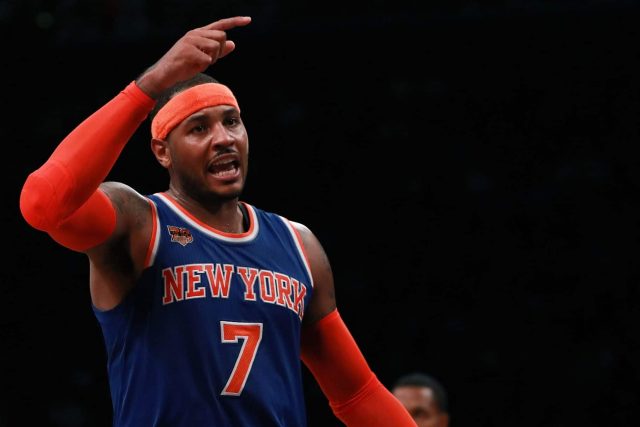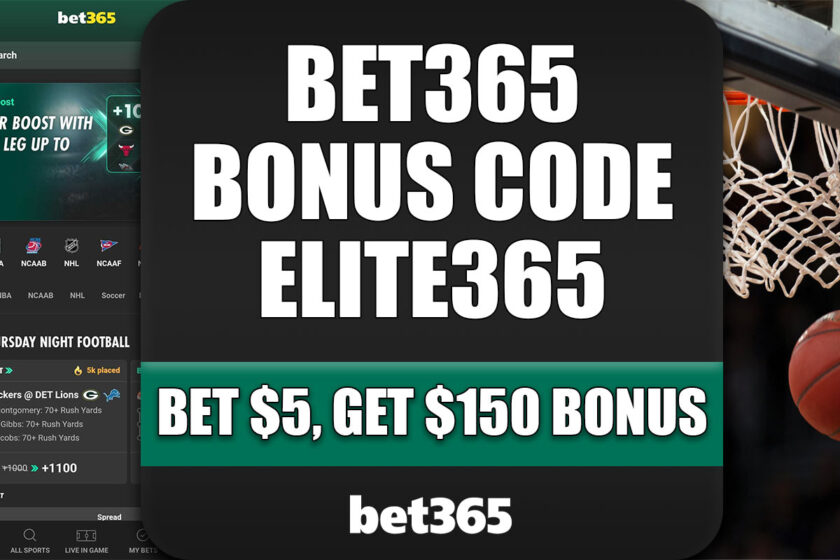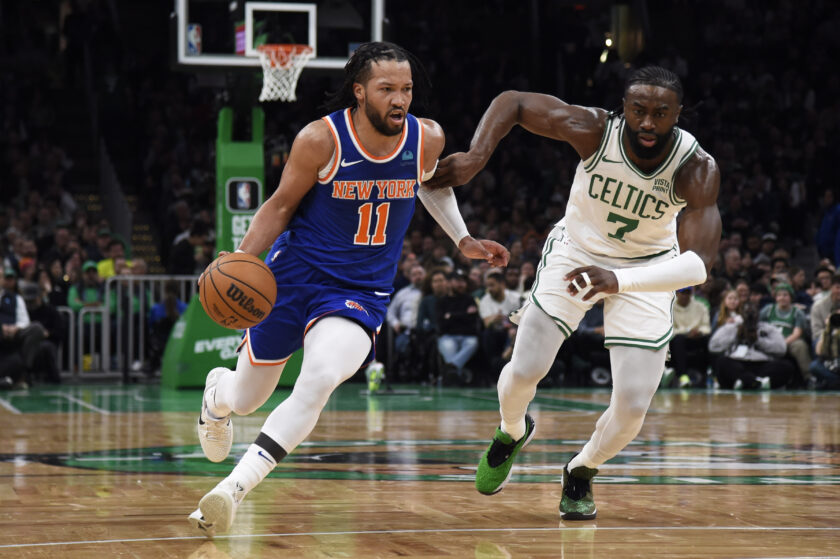Carmelo Anthony Fought to Get to New York then Fought Harder to Get Out

All the warning signs were there when Carmelo Anthony was traded to the New York Knicks back in 2011 that this marriage would end badly.
[dropcap]C[/dropcap]armelo Anthony was asked after his first game with the New York Knicks about what he thought of his new team giving up so many players in the deal that brought him and Chauncey Billups to the Big Apple.“I’m pretty sure if any of you guys were G.M.s and owners, you would want me and Amar’e on the same team as well.”
Anthony and Stoudemire never clicked on the court. The best season Anthony had in New York was 2012-13 when Stoudemire played in only 29 games and logged just 33 playoff minutes. Stoudemire’s best moments as a Knick came during the first half of the 2010-11 season, before Melo arrived. What a clown show.
We should’ve seen this coming. Carmelo Anthony and the Knicks weren’t a good match. One of the league’s most polarizing players both on and off the court combined with a franchise notorious for its dysfunction and ineptitude; would anything possibly go right? None of that bothered Anthony.
The beleaguered franchise acquired Anthony in Feb. 2011 when he essentially blackmailed the Denver Nuggets into trading him. Anthony’s Nuggets were in the Western Conference Finals in 2009 and won 50 games for three straight seasons.
The Knicks hadn’t been to the playoffs since 2003-04 when they were swept in the first round by New Jersey, and they hadn’t finished above .500 since 2000-01. But getting to the Big Apple was more important to Anthony. Little did he know what would be on the way some six years later.
[sc name=”Knicks Center” ]The ten-time All-Star didn’t want to be a big fish in one of the league’s smallest markets in Denver. He wanted to be a superstar on the league’s biggest stage. Anthony wanted to return home to the Mecca, follow in the footsteps of his favorite player Bernard King, and he wasn’t going to let anything stand in his way.
With his contract set to expire at the end of the 2010-11 season, along with the NBA’s old Collective Bargaining Agreement, Anthony was worried that a work stoppage would screw up his free agency negotiations. He wanted the Knicks to trade for him, and gut their roster in the process, not wait until the summer to sign him.
Unfortunately, James Dolan did just that. The Knicks owner, at the center of nearly two decades worth of dysfunction, pushed Donnie Walsh into the trade. Dolan was desperate for a star, and Melo gave him that guy. Anthony agreed to a three-year, $65 million contract extension as part of the trade. The Knicks wanted to win the press conference and get on the back page by acquiring a superstar. They did.

Then his aforementioned first game happened, amid pomp and circumstance, which gave Anthony everything he wanted. The Brooklyn native was showered with applause from the fans as he’d already done something.
On Feb. 23, 2011, Carmelo Anthony put on a typical Carmelo Anthony performance. He took 25 shots to get 27 points against the Milwaukee Bucks in a 114-108 victory.
It was nearly twice as much as the next guy, Amar’e Stoudemire, who took just 13. Anthony’s usage percentage was a sky-high 33.6; with Stoudemire again coming in second at a far less 25.9. That night set the tone for the next six years. Except for the result, of course.
After the game, Stoudemire meant it as a compliment when he told The New York Times that his new star teammate “played Carmelo basketball,” but if you say that to someone now, it’s like you’re placing a curse on them.
https://youtu.be/aldV4yXF0Cs
Nevertheless, Anthony wanted to be in New York. His goal was accomplished he’d fought so hard to get back home, and now he was there. Six years later, the ten-time All-Star was fighting even harder to get out.
Don’t listen to the extremists on either side. Both Anthony and the Knicks made their share of mistakes.
Anthony’s selfishness was unacceptable. The way he treated Jeremy Lin and Mike D’Antoni, regardless of what you think of either one, was completely out of line. But it’s also on the Knicks for giving that guy so much power. He wasn’t Kobe Bryant, but they let him run roughshod over that organization like he was.
His championship-winning head coach turned bust of a president wanted him gone. Phil Jackson made it public knowledge that not only was Anthony on the block but that he was a guy who can’t help a team win. Jackson made running the Knicks into some personal vendetta against Anthony, and that ended both of their careers in New York.
[sc name=”Knicks State of Mind Podcast” ]Melo appeared unwilling to negotiate a trade with Jackson, understandably, although he became more amenable to the possibility after Scott Perry took the reigns of the franchise. Anthony was dug in on the Houston Rockets as a destination via his no-trade clause for months.
He fought the Knicks tooth and nail to make a deal to Houston work. Eventually, he had to fold. Training camp was coming on Monday and he couldn’t let his be in New York. The Knicks played this situation as well as they could’ve. Anthony agreed to go to Oklahoma City.
Carmelo Anthony fought to get to New York and fought even harder to get out.
[sc name=”Knicks Link Next” link=”elitesportsny.com/2017/09/23/knicks-agree-trade-carmelo-anthony-thunder-enes-kanter-report/” text=”Knicks Agree to Trade Carmelo Anthony to Thunder for Enes Kanter (Report)” ]I'm ESNY's Executive Editor for EliteSportsNY.com.
I cover the New York Knicks and Brooklyn Nets.
Email: chip.murphy@elitesportsny.com
Chip Murphy covers the NBA for Elite Sports NY. You can find him on Twitter @ChipperMurphy.





